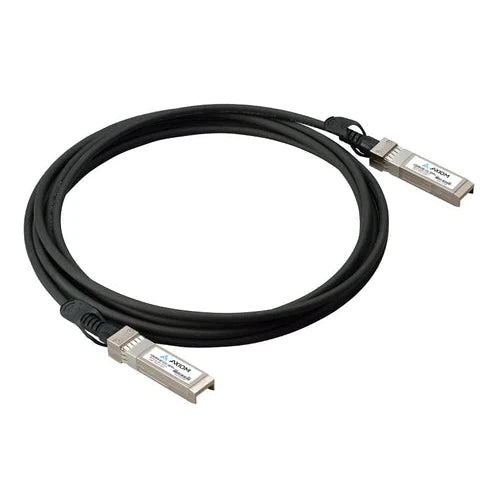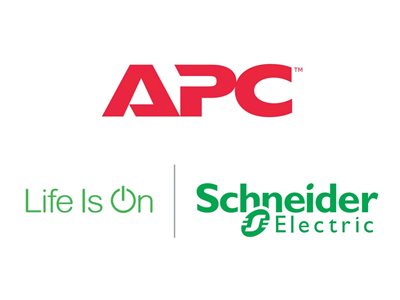Buyer’s Guide
Looking for more information about the advantages of fiber optic cables? You might want to know the advantages of owning these complex cables before buying one since there are so many different options out there.
Here are the features to look for in the cables as well as a few tips on choosing the right one for your needs and wallet.
Single or Multimode
Single-mode fibers are used for longer distances because the diameter is smaller. Since the diameter is smaller, there is less of a chance of the signal strength reducing. The smaller opening in the cable also allows light to only come in as a single beam which means the light can make more signal as it can travel a longer distance.
Single-mode cables will always have higher bandwidth. However, multimode fibers still have many advantages. They are less expensive so they are a better choice for those on tight budgets.
However, the multiple light beams coming into the cable mean there is a higher chance of signal loss.
Simple or Duplex
Simple optics only have one fiber while duplex cables have two cables. Duplex cords are more common and they are able to connect better with the two connections. Most applications require more than one cable so a duplex is a solid choice for most people.
There are some applications that only need one fiber though. If you know for sure you only need one cable, you can choose to get a simple cable as they are often cheaper.
Budget
Our fiber optic cables come at many different prices. Some are over $1,000 while some are less than $20. The different prices are because cables come in many different qualities and lengths.
The connectors and the number of cables also affect the price. If you are working in a large communication company or you need cables for security cameras, you might want to get one that is on the more expensive end to ensure you get high-quality data and information.
Connectors
There are many different connector types for fiber optic cables. You have a few different buying options which can be overwhelming for some people. Here is a quick look at the different connection types:
- SC: these are square connections and they stay in place with a push-and-pull system
- ST: these are round connections that have a bayonet style to stay in place. They will need to be twisted but they are about the same size as the SC connectors. They used to be the most common kind of connector, but are being replaced by the SC ones.
- MTRJ: these are similar to the RJ style of a modular plus if you have ever seen one and they were named for being so similar.
Advantages of Fiber Optic Cables
Fiber optics only have a few disadvantages but they have many different advantages. One of the main ones is that they can support very high bandwidths which makes them perfect for high data transmission, especially for cell phone companies and other communication companies.
They also do not need to be replaced or maintained which makes them very cost-effective. They are strong, thin, and lightweight making them very easy to travel with and install.
Copper wires are often cheaper than fiber optic cables but they do not offer the same signal and safety. However, fiber optic cables can be more fragile than copper ones. They are easily damaged and once damaged they will not be able to transmit signals as quickly.
Fiber optic cables also need a lot of protection on the outside since the internal components are made of glass. So, you need to make sure you are getting one that is well-made with good components on the outside.
Fiber optic cables take longer to install and you will need to pay higher labor costs. However, when installed correctly they last for years and you will not need to get new ones.
Final Thoughts
Fiber optic cables are high-performance cables that transmit data at very high bandwidth speeds. They are used in many different fields including the internet, medical, military, space, and communications.
They are a great addition to your electronic devices because you can use them for a variety of different things.







